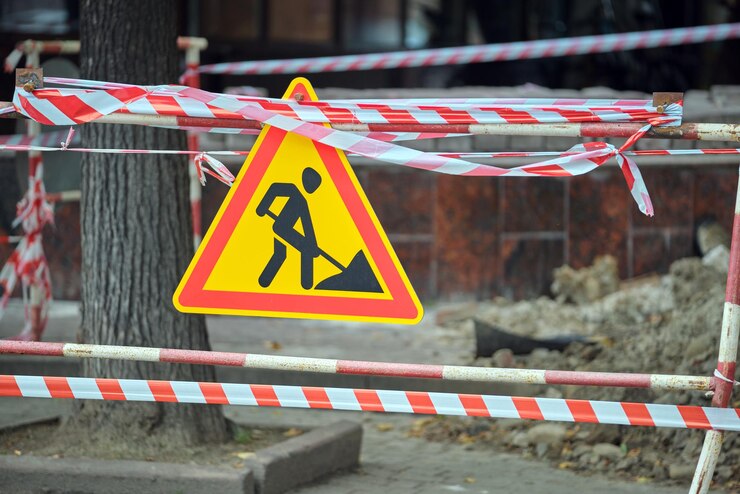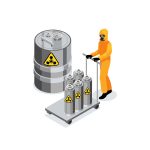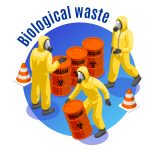How to Identify and Mitigate Occupational Hazards at Workplace
- March 10, 2023
- Posted by: Velosi Author
- Categories: HSE, Insights

Why Is It Necessary to Recognize Occupational Hazards?
Occupational Hazard is a broad yet significant term when it comes to industrial needs and challenges. Employees can face various potential risks at the workplace, known as occupational hazards, including chemical, biological, physical, and psychological risks. Moreover, these perilous risks can cause serious harm, illness, and causalities. Due to this, it is highly important for organizations to identify and analyze potential hazards to assure employees of a safe and secure working environment.
How to Perform a Risk Assessment for Hazard Identification
As discussed above, it is substantial to identify risks in the workplace. This can be achieved by taking proactive measures such as risk assessment. Risk assessment plays a critical role in identifying hazards, and providing insights into the likelihood and severity of potential incidents. Through an extensive methodology of specifying risks, organizations can develop effective strategies to minimize potential risks and ensure appropriate workplace safety in compliance with legal standards.
Common Types of Occupational Hazards & How to Mitigate Them

Mitigation: Precautions can be taken through various protective equipment such as gloves, goggles, and masks. Most importantly, employees must be well trained for handling such toxic substances.

Mitigation: It is critical to maintain hygiene at the workplace. Bacterial viruses can be perilous to health due to the use of protective equipment and everyday cleaning is essential to regulate the safety of the employees.

Mitigation: To mitigate physical hazards, organizations need to make sure the workplace is well maintained and interior-based faults are sorted out to maintain the safety of the employees.

Mitigation: Organizations can develop health support teams and courses to encourage employee confidence and appreciation.
Hazard Identification Tools and Technologies for Efficient Risk Management
All organizations must manage risks effectively in order to survive in this fast-paced world. Organizations must identify potential hazards and manage them appropriately in order to protect their assets and maintain a steady growth trajectory. Technology and tools that assist in the identification of hazards play an important role in this process.
Extensive digital tools are designed to prevent and mitigate occupational hazards. These advanced tools employ up-to-date algorithms and data analytics, by providing insight into the risks associated with the operations of the organization. Additionally, they are able to provide detailed information on how to mitigate those risks effectively.
To conclude, creating and maintaining a safe workplace is critical for both the well-being of employees and the success of the business. It is possible to identify, assess, and mitigate occupational hazards in the workplace by developing an OSH management plan and safety management program. By implementing best practices such as providing appropriate protective equipment, conducting regular safety training, and promoting safety, organizations can eliminate the risk of workplace illnesses, injuries, and fatalities.
It is essential to prioritize employee safety and take necessary measures to manage occupational hazards by investing in safety management protocols and standards. Organizations can also benefit from reduced costs associated with workplace injuries resulting in enhanced productivity.
Please contact us for more information and assistance.


